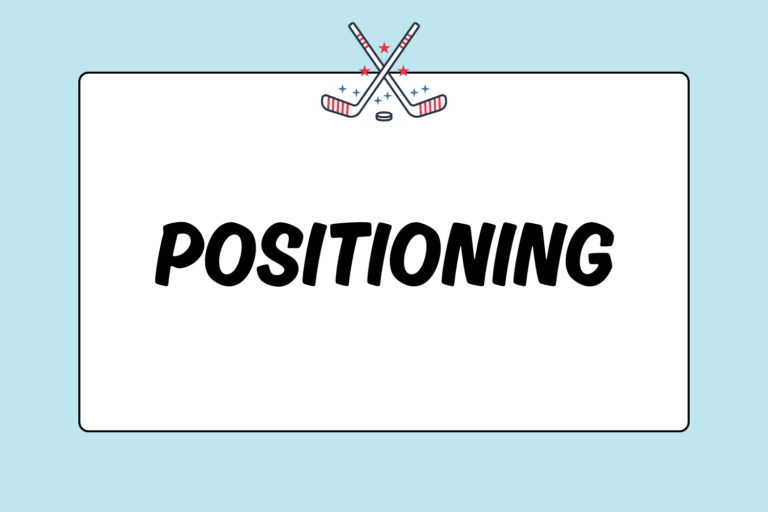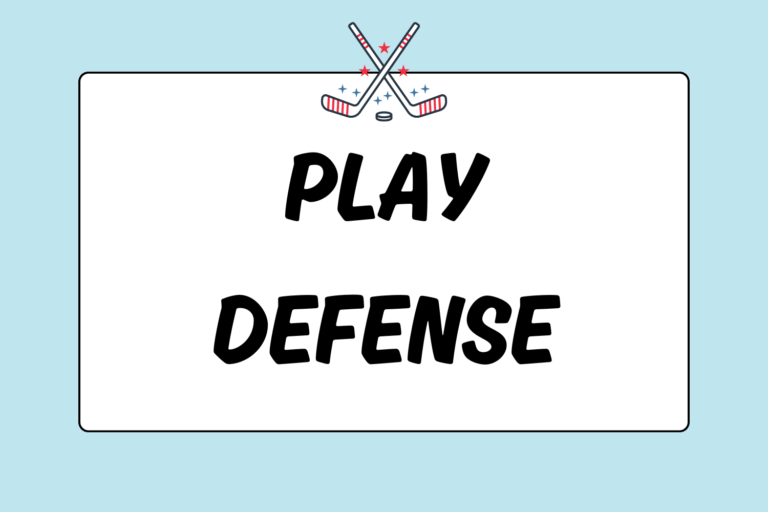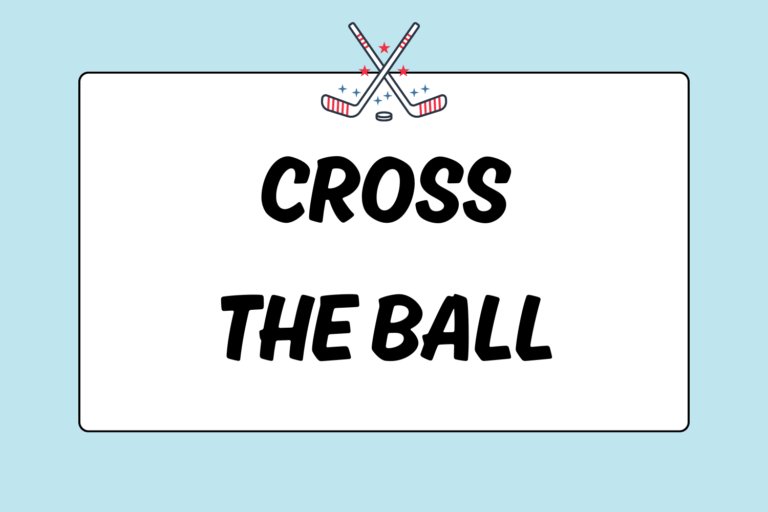One of the first things a beginning field hockey player needs to learn is how to hold the stick. Each player’s grip will change numerous times over the course of a game. It all has to do with the task at hand: Dribbling, pushing, slapping, and hitting. Knowing how to properly grip a stick will improve both the power of hits and the control of the ball.
All sticks are made to be right-handed. Therefore, griping the stick is the same for both right- and left-handed players (although it will take some getting used to for the lefties). The key is feeling comfortable with the proper grips and adjusting them to fit your style of play. This guide offers a look at the fundamental ways to grip a field hockey stick.
Basic Grip
Start by placing your right hand at the base of the grip and your left hand at the top (by “grip” there, we mean the leather material at the top of the stick). Where your thumb and index finger meet is called the “V.” The “V” on both hands should face the toe edge — the edge that leads into the curved part of the stick.
This grip is used primarily for dribbling, but it can also be used for certain hits and stops. Your left hand maneuvers and turns the stick while your right hand stays in place and provides control. To reverse the stick, turn it to the left by rotating your left hand to the right and keeping your right hand loose and in place. Rotate the stick 180 degrees over the ball so the flat side of the stick faces right, the toe looks behind you, and the flat side of the stick lies against the left side of the ball.
Reverse Grip
Position your hands in the basic grip. Hold the stick so that the “V” of both hands (formed by the thumb and index finger) face the bottom of the stick and lie against the flat side of the stick. The flat side should face upwards.
This grip is most commonly used for scoops or flicks (aerial passes that lift the ball into the air).
Double-V
Place both of your hands together at the top of the stick. Position your right hand either directly below or slightly on top of your left hand. The “V” formed by your thumb and index finger should face the toe edge. Sometimes moving the right hand slightly to the right will increase comfort.
The double-v grip is used for strong hits. By placing the hands together, you concentrate your force and increase the hit power. Beginning players sometimes make the mistake of leaving space between their hands; this causes their hits to be weak.
Short-handle Grip
This is similar to the double-v grip, but both hands move midway down the stick. Clench the stick with the “V” pointing to the toe edge (curvy edge) of the stick.
This grip is used for quick hits. By lowering your grip, you reduce the time it takes for the backswing and follow through.
Frying-pan Grip
Begin by placing both hands together at the top of the stick with the double-v grip. Turn the stick to be parallel to the ground so that the flat side faces upwards. Keep the “V” of both hands against the flat side of the stick.
Use this grip when doing a reverse drive or a hit that requires the ball to strike the inside edge of the stick. It also works well for hits that involve a sweeping motion. This grip is most commonly used for the reverse hit (drive).
One-Handed: Left Hand Only
This is a reverse grip. Begin by placing your left hand at the top of the stick. The stick should be turned so that the flat side faces forward. Hold the stick so your thumb and index finger’s “V” are in line with the back-edge of the stick — opposite the toe-edge.
The left-handed grip is most commonly used for backhand dribbling off the left side of your body. However, it is rarely used on the beginning level. By keeping the ball on the left side of your body, you are placing it on your weak side where you have less power over any potential hits or passes.
One-Handed: Right Hand Only
Use your right hand to grip the top of the stick. Your thumb and index finger should point the “V” at the toe-edge of the stick.
This grip is most commonly used on turf surfaces for one-handed dribbling off the right side of the body. Players use this grip to increase the speed of their dribble. It is more common than the left-handed dribble, but still unreliable at the beginning stages of a career or on grass surfaces.
Get a Grip
Proper hand positioning can sometimes feel awkward. It requires you to place your hands in unusual positions. If you get these basic grips down, however, you can eventually adjust them to fit your comfort level.
Knowing the fundamentals of the game will increase your performance, so keep practicing those grips. In time, you’ll be able to accurately shoot, dribble, and pass past any players who get in your way!





